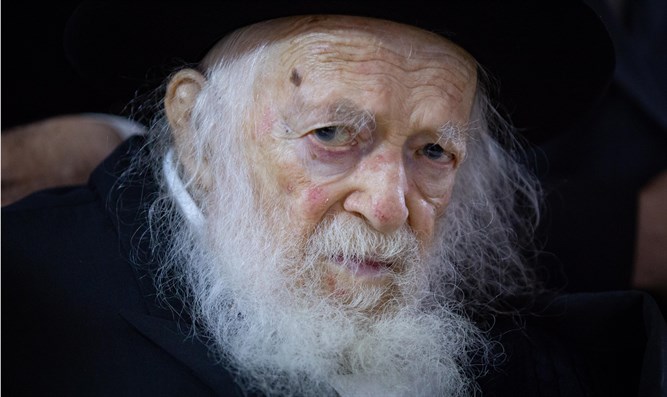Answers to Haggadah Questions from Rav Chaim zt”l
Compiled by Rabbi Yair Hoffman
- Why is, “Ha Lachma Anya” in Aramaic and not in Hebrew?
a. Because it is an invitation to all people to come and join us and that was the language that most people spoke when the Hagaddah was written. [We learn from here that we should make every effort to help the maximum people. That is a very important lesson.] - When we say kol ditzrich yesai veyifsach, it seems to be referring to the time when we brought the Korban Pesach. But there is a halacha that you have to have been a part of a group – before it was shechted! So it cannot be from that time, because we are inviting him now! So what does it mean?****Only $5700 left for this Maos Chittim cause – an almanah and a single mom***https://thechesedfund.com/zechornilah/maos-chittin-for-an-almanahThe answer is that it is NOT referring to the Korban Pesach back then. The whole phrase is so we can give a bracha for the last part. Hashta avdi – now we are like “slaves” in the galus, but next year leshana haba b’arah d’yisroel – we will be bnei chorim – truly free and will be able to afford our own Korban Pesach and not need to take.. [This is not stated explicitly, so as not to make the guest feel bad. That is a very important lesson.]
- Why does the Mitzvah of Maggid, “vehigateda l’bincha start with the Mah Nishtana?
a. To teach us that the best way to understand something is through a question and answer format. This can be seen from the Gemorah in Psachim 116a where Rav Nachman asked a question of Daru his servant about a master who freed his slave and gave him silver and gold. After Daru answered, Rav Nachman said we can now go on to Avadim hayinu because we fulfilled the purpose of Mah Nishtana. [We see from here the importance of making sure our students and children understand the material.] - In the Mah Nishtana, the child is asking questions about things that have not happened yet in the Seder! Why is that?
a. It teaches us that it is very important to prepare our kids and our students for what is about to happen beforehand! - How does Avadim Hayinu, we were slaves in Mitzrayim, answer the questions of the Ma Nishtana?
a. It means: Because we were slaves in Mitrzrayim and Hashem saved us, we celebrate this special seder with all of these Minhagim! - Rav Chaim always added three words in between the Mah Nishtana and the Avadim Hayinu paragraph. What were the three words?
a. “The answer is.” Di teirutz eez. - Why don’t we just say, “avadim hayinu b’Mitzrayim” why do we say avadim hayinu l’paroh b’Mitzrayim?
a. To teach us the attitude of always looking at the bright side of things. We could have been slaves to regular common Mitzrim – instead we were slaves to a king. So Hashem made it slightly betterer for us. [Positive attitudes even for bad things is very important.] - Wouldn’t we eventually have been freed. Most of the world no longer has slaves. So how can we say harei anu, uvaneinum uvnai vaneinu meshubadim hayinu?
a. It says meshubadim which means we would have been subservient, we would have felt inferior. We would have had a low self-esteem attitude forever. [And we would never have been able to tap into the idea – that we are a tzelem elokim and are even above the malachim]. - The Shulchan Aruch (OC 481:2) rules that we must say over the story of yetzias mitzraim until we are taken over by sleep (or until we get physically tired). Why then does the Hagaddah say vechol hamarbeh lesaper b’yetzias mitzraim – harei zeh meshubach (praiseworthy). He is fully obligated!
a. The meaning of hamarbeh is that he should always look to add new insights and new ways to present the information.
****Only $5700 left for this Maos Chittim cause – an almanah and a single mom***
https://thechesedfund.com/zechornilah/maos-chittin-for-an-almanah
The author can be reached at [email protected]











